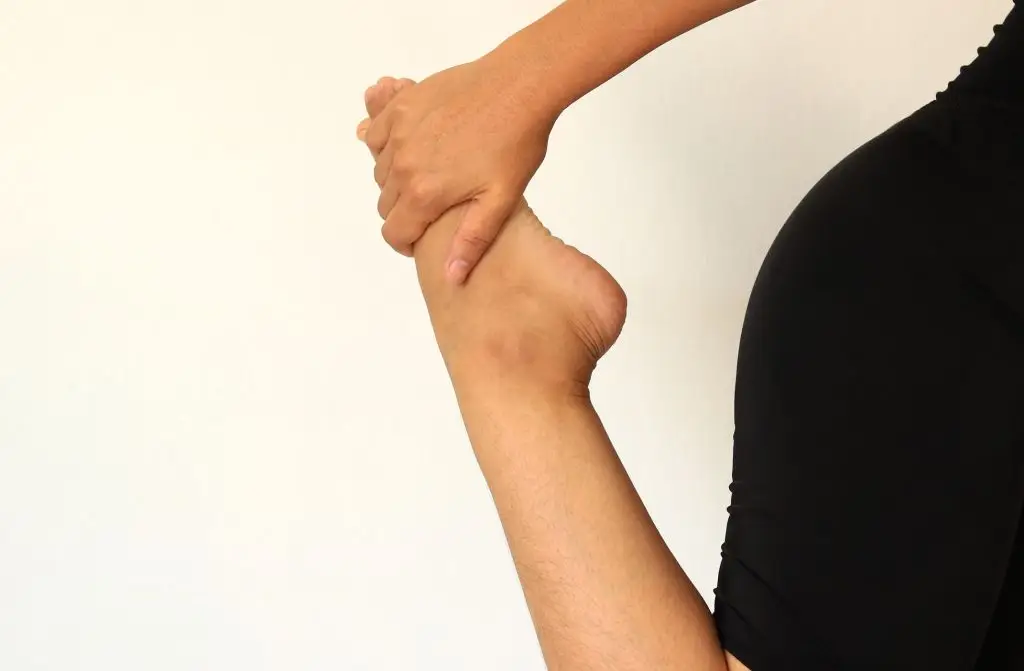Beyond 10,000 Steps: 11 Forgotten Movements Your Body Actually Needs Every Day
3. Single-Leg Balance — Build Stability and Prevent Falls (30–90 seconds per side)

Balance training is one of the most underrated daily habits for long-term independence. Standing on one leg turns on tiny muscles around the ankle, knee, and hip that we rely on when walking on uneven ground or stepping off a curb. A simple practice is to stand near a counter for support and lift one foot a few inches off the floor, holding for 20–30 seconds and repeating on the other side. Make it part of a daily ritual — for example, balance while you brush your teeth or wait for the kettle. As the hold becomes easier, try softening your support to fingertip contact or closing your eyes briefly for an extra challenge. If standing on one leg is painful or unsafe, start with toe taps while holding a stable surface and slowly reduce reliance on the support. Balance work reduces fall risk over time and boosts confidence walking in crowded or cluttered spaces. Celebrate small progress; a few seconds added each week is real improvement.
4. Ankle Dorsiflexion Drills — Improve Walking and Climbing Ease (30–90 seconds per ankle)

Our ankles set the tone for how the whole leg moves. Limited dorsiflexion — the ability to bring your toes toward your shin — can change how you walk and force other joints to compensate, sometimes contributing to knee or back discomfort. A quick wall drill helps: stand facing a wall with one foot a few inches away, bend the knee forward toward the wall while keeping the heel down, and aim to touch the knee to the wall without the heel lifting. Repeat 8–12 times per side, and include gentle ankle circles and calf foam rolling as part of the same routine. For a progressive version, do step-downs from a low stair focusing on controlled ankle movement. Improving ankle mobility often improves stride length and reduces awkward pivoting when navigating stairs. If you have a recent ankle injury or persistent swelling, check with a clinician before aggressive mobility work.
